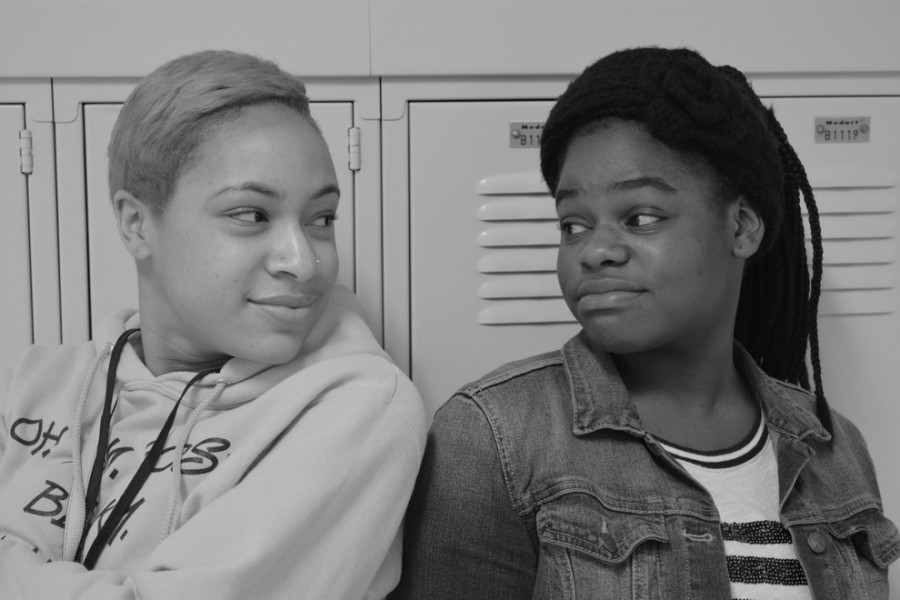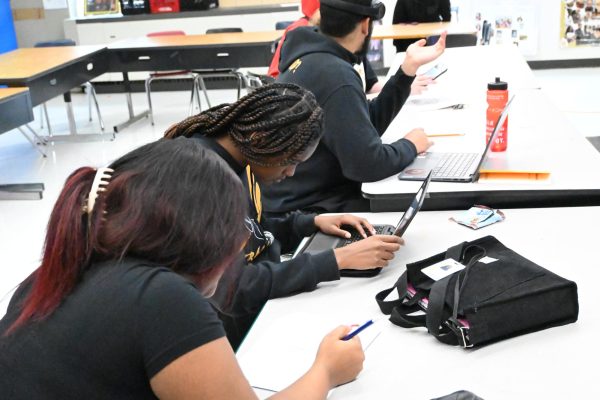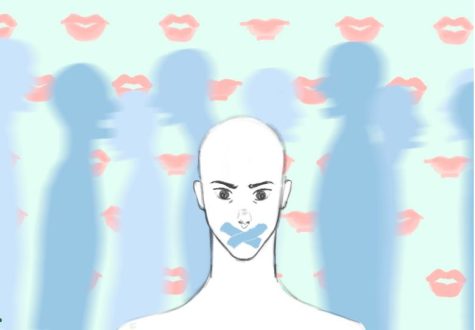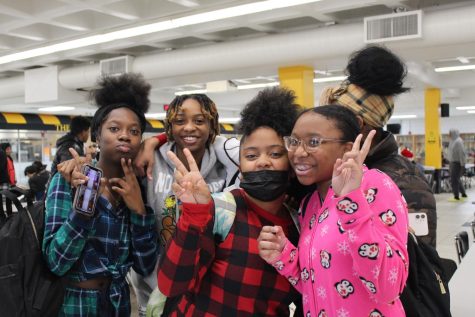It’s 2016 and some still feel the effects of colorism
February 10, 2016
“It goes like this, conceited to less conceited. The conceitedness slowly fades away as the skin tones get darker,” claims Ariana Phillips, a senior at Hazelwood Central.
Ariana is referring to some of the misconceptions and stereotypes surrounding skin tone in the African American community. Colorism is the discrimination or stereotyping against individuals with darker skin tones, especially in one’s own ethnic or racial group.
According to Mrs. Docket, a Women’s Studies and U.S. History teacher at Central, colorism in the black community stems from hundreds of years ago.
“Historically, African Americans have always been separated by skin color,” said Docket.
One phenomenon she is referring to is the fact that enslaved people were separated by their skin tones, initiating a conflict between the “house slave” and the “field slave.” The lighter-skinned enslaved people generally lived and worked in the household and had relatively greater privilege. Later, tests such as the “Brown Paper Bag” test divided people and the rights they could claim. These experiences formed the belief that lighter skinned blacks live better lives. This still holds true today.
“It always stems black to slavery. The slave mentality cycle has not been broken,” Mrs. Docket adds.
Colorism in the African-American community is very common. Many young people deal with these complex issues on a day-to-day basis. One of the many is Torrez Spencer, a senior at Central who has dealt with something some dark-skins deal with when on FaceTime.
While on FaceTime with a girl at night, Torrez decided to turn his light off. That is when she made a comment that offended him.
“Damn boy you black,” she commented.
Spencer then told her to do the same just so she could see that she would be as equally “black.”
On the other hand, some students do not experience colorism in the same ways.
De’Vaughn Harris, a senior at Central who is light-skinned, admits that he doesn’t experience the hardships that other Black people do.
“I don’t think I’ve ever experienced colorism because I’ve been on the side that doesn’t get as much of the attack: light-skins,” Harris commented.
The controversy also continues on social media for some. Spencer went on to add that he believes social media plays in a role in endorsing colorism. Sites such as Twitter and Instagram allow users to use hashtags. Some of the hashtags that people use seem to reinforce this skin tone divide, including, “#teamlightskin, #teamdarkskin, #darkskinstakeaL, #lightskinstakeaL, #darkskinsdoitbetter, #lightskinsdoitbetter, and the list keeps going. It seems as if there is always a constant battle for the spotlight between the African American community whether it’s in person, or behind a screen.
While being divided on social media can be frustrating, there are deeper real-world consequences to the realities of colorism.
According to the Office of Civil Rights and the United States Department of Education, in 2011 and 2012, black girls in public elementary and secondary schools nationwide were suspended at a rate of 12 percent with other minorities serving suspensions at lower rates, with white girls being suspended at a rate of just 2 percent.
Furthermore, researchers have found that darker-skinned females are subjected to harsher punishments for similar infractions than lighter-skinned females.
Colorism also affects the family. Before 33-year-old Christine Lanasa even understood what colorism was, she was envious of her lighter-skinned cousins and the loose curls that covered their heads growing up.
“I was jealous that they had the same ancestral roots as I did, but could have more opportunity than me simply because their skin was several shades lighter than mine,” Lanasa admitted.
She would witness her cousins receive compliments about their complexions while she got the typical, “you’re pretty for a darker girl.”
After experiencing colorism herself, Lanasa teaches her children who are mixed, especially her daughter, to love all skin colors and never disrespect someone for their physical appearance.
The idea of colorism is also prevalent in pop culture. Dark Girls is a documentary which talks about the issues of colorism among women in the African American community. In the film, actor and comedian Michael Colyar backs up the idea that colorism starts young.
“So many of us are trained even as children and shown so many images to try to make it a truth…day is perfect, and fabulous, and wonderful, and night is sinister and negative so we can connect it to ourselves so we can justify hating this beautiful wonderful color that we have,” Colyar explains in the film.
However, is that really the case? Is there still this unconscious discrimination that African Americans have against a certain skin tone? Is the slave mentality still in effect when one looks at a light-skinned black versus a dark-skinned black?
“African Americans are very judgmental of one another. I even hear my students use the terms light-skinned and dark-skinned, and judge based on complexion. ‘You don’t have this certain problem because you’re light-skinned. You have this problem because you’re dark-skinned,'” said Docket.
Despite attempts to combat it, the issue of colorism in the African American community may be with the world in the measurable future. Many believe that the issue isn’t changing.
“No, I don’t think it’s getting better,” said Docket.










